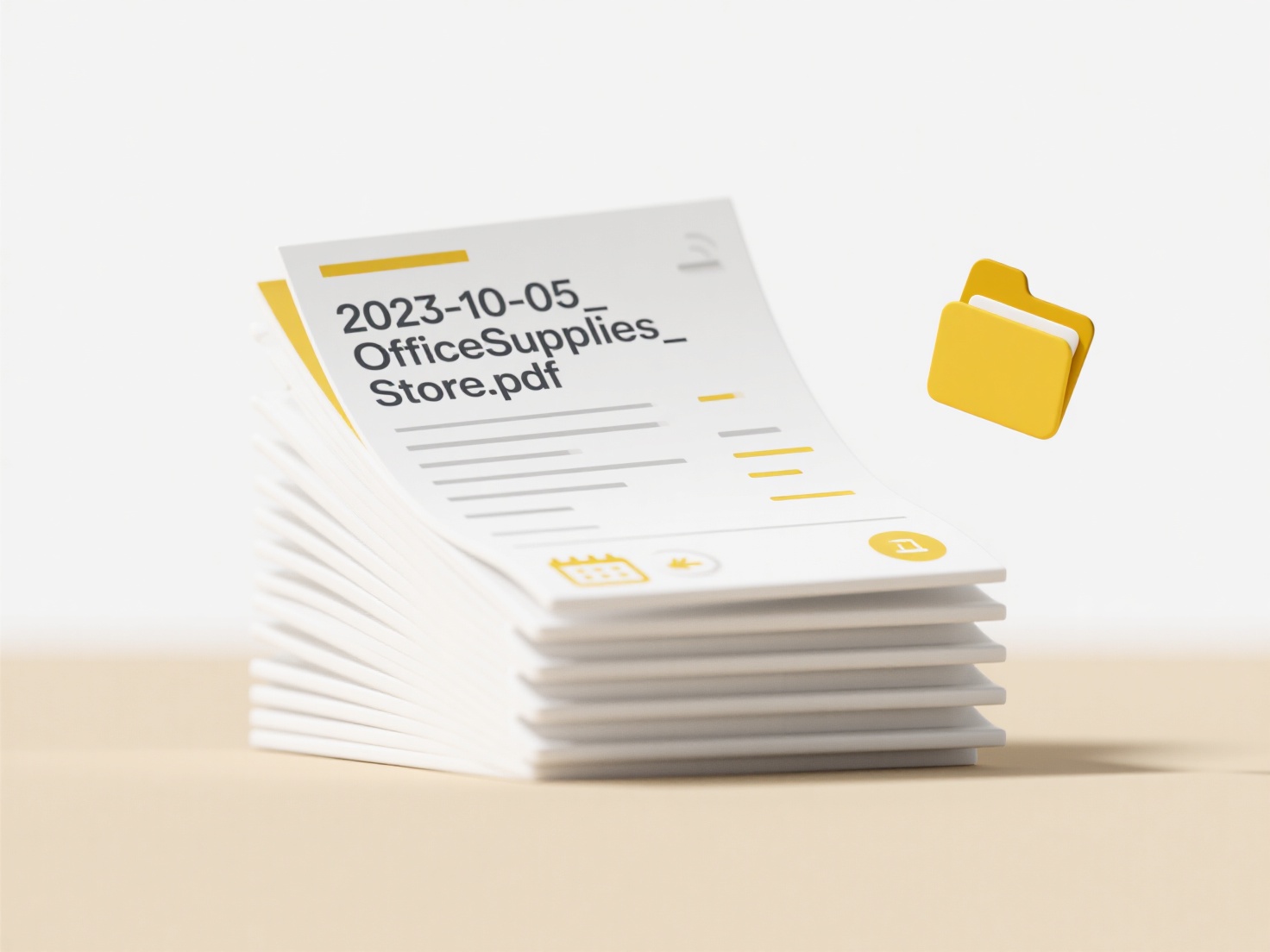
The Recycle Bin (Windows) or Trash folder (macOS and email platforms like Gmail) is a temporary storage area for items you've deleted. It's not a regular folder where files reside normally; instead, the system moves items here upon deletion, preventing their immediate permanent removal. This differs from emptying the bin/trash, which irrevocably deletes the content from your system or makes it much harder to recover.

You can absolutely search within these areas. On your computer, open the Recycle Bin (Windows) or Trash (macOS), then use the search bar typically found in the window's top-right corner to find specific deleted files by name or type. Similarly, in email services like Gmail or Outlook, navigate to your "Trash" folder and use the provided search function to locate deleted emails based on sender, subject, or keywords within the message.
This search capability offers a crucial safety net, allowing you to locate and restore accidentally deleted items before they are permanently purged. However, success depends on the items still being present; emptied bins or trash folders cannot be searched, and items may be automatically deleted after a set period (e.g., 30 days in Gmail Trash). Regularly emptying these bins limits recovery options and risks losing important data permanently.
Can I search recycle bin or trash folder?
The Recycle Bin (Windows) or Trash folder (macOS and email platforms like Gmail) is a temporary storage area for items you've deleted. It's not a regular folder where files reside normally; instead, the system moves items here upon deletion, preventing their immediate permanent removal. This differs from emptying the bin/trash, which irrevocably deletes the content from your system or makes it much harder to recover.

You can absolutely search within these areas. On your computer, open the Recycle Bin (Windows) or Trash (macOS), then use the search bar typically found in the window's top-right corner to find specific deleted files by name or type. Similarly, in email services like Gmail or Outlook, navigate to your "Trash" folder and use the provided search function to locate deleted emails based on sender, subject, or keywords within the message.
This search capability offers a crucial safety net, allowing you to locate and restore accidentally deleted items before they are permanently purged. However, success depends on the items still being present; emptied bins or trash folders cannot be searched, and items may be automatically deleted after a set period (e.g., 30 days in Gmail Trash). Regularly emptying these bins limits recovery options and risks losing important data permanently.
Quick Article Links
How do I stop sharing after a deadline?
Stopping sharing after a deadline means automatically revoking access permissions for shared files, folders, or links at...
Why does Google warn me when I share a file with someone new?
Google displays sharing warnings to help protect against unintended data exposure when you share files with new collabor...
Why are duplicates sometimes larger in size?
File duplicates can appear larger despite containing identical primary data due to variations in associated file details...